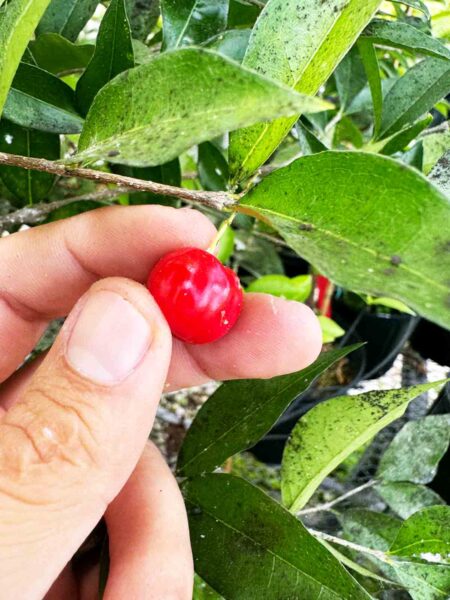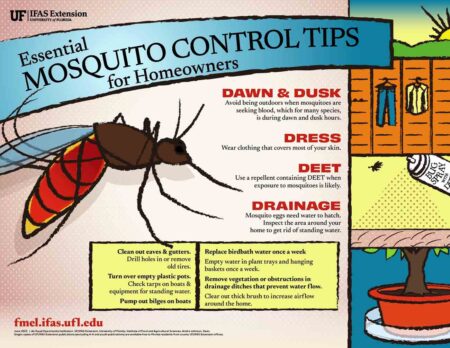Mulch or a shade tolerate groundcover may be a better choice in place of the declining lawn. A mulched bed will look better than a weedy, thinning lawn. And the tree’s roots will benefit from the mulch.
Herbicides are just a bandage. Choosing the correct grass for the site is a better choice as compared to a bandage approach.
There is no ’best’ lawn grass. Each type of lawn grass has advantages and disadvantages. Consider site conditions and choose a grass best suited for the site.
For example, centipedegrass has poor salt tolerance. Eventually, it will decline when exposed to saltwater and/or salt spray. As this happens, dollarweed and other weeds that have a high salt tolerance will take over the lawn. Seashore paspalum, Bermuda, zoysia or St. Augustine have good to excellent salt tolerance and would be a better choice for a coastal landscape with potential salt exposure.
If the site is shady, choose a shade tolerant grass such as St. Augustine or zoysia.
Consider soil conditions such as pH. Centipedegrass and bahiagrass thrive on an acid soil (pH of 5.0 to 5.5). Will the site be irrigated? On well-drained sandy sites with little to no supplemental irrigation, choose a drought tolerate grass such as Argentine bahia.
Each site is different. Choosing a lawn grass best suited to the site conditions should result in a healthier lawn. A healthy, thick lawn is more competitive with weeds and with correct care should require less herbicides.
People sometimes go to great extents to grow grass where it doesn’t want to grow, and without ever considering an alternative.
People make statements such as, “Ten years ago grass would grow up to the trunk of this tree.” Usually, the person making such a statement has wrongly assumed that a pest is responsible for the thinning lawn grass. As a result, the person may misguidedly treat the area for insect and/or disease problems. Over time, a tree simply may outcompete the grass. When dealing with a similar situation (particularly a group of large trees), consider alternatives to lawn grass.
Mulch or a shade tolerate groundcover may be a better choice in place of the declining lawn. A mulched bed will look better than a weedy, thinning lawn. And the tree’s roots will benefit from the mulch.
Some people blame the weeds as the lawn declines. But in reality, as the lawn thins, the weeds move in.
As grass declines in high traffic areas, consider pavement or mulch. In naturally wet areas, consider plants that do well on wet sites. Some areas aren’t appropriate for growing a lawn. As the grass declines in these areas, other plants (weeds) that are better suited to the conditions outcompete the grass. In such cases, consider turf alternatives and avoid the use of herbicides, which are only a temporary fix at best.
Larry Williams is the Extension horticulture agent with the Okaloosa County Cooperative Extension Service, University of Florida. Contact Larry at 689-5850 or email lwilliams@myokaloosa.com.







